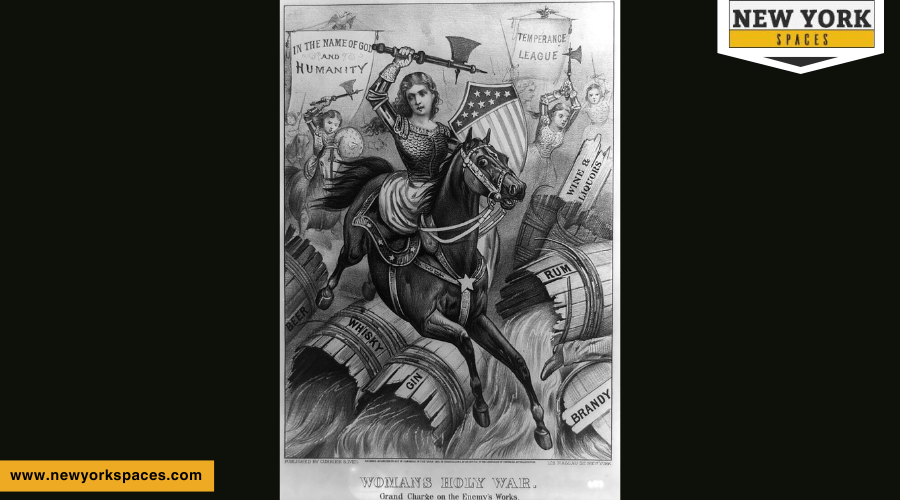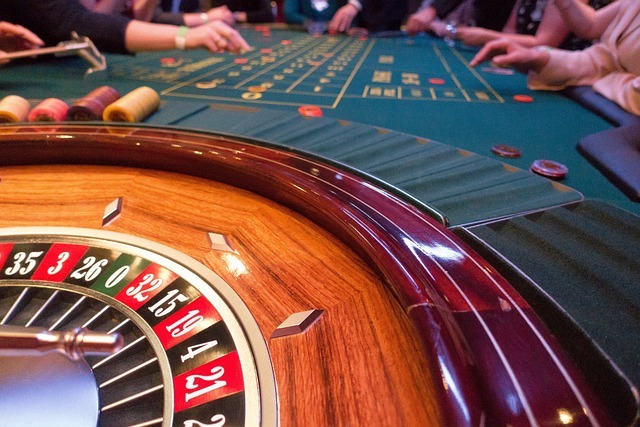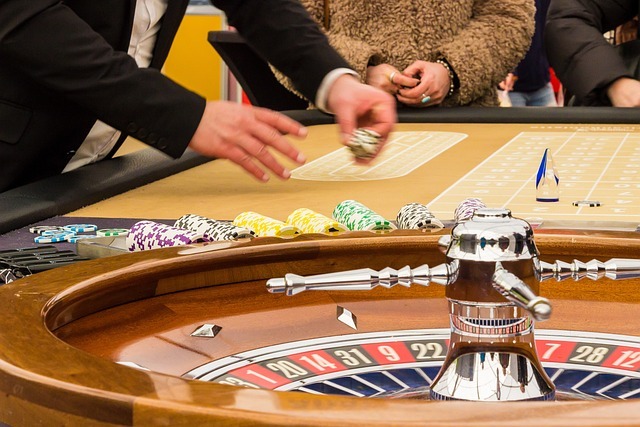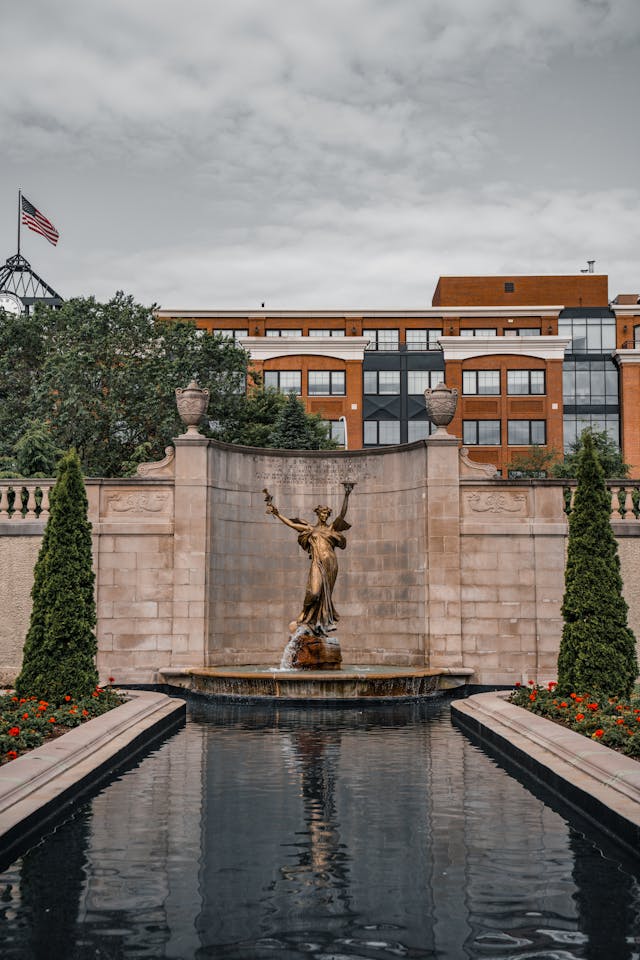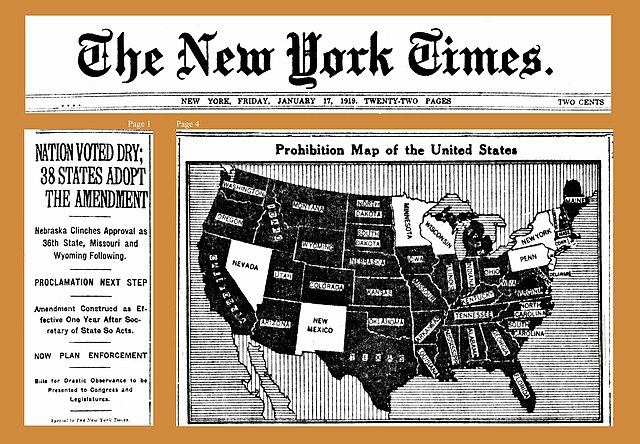New York’s gambling history kicks off in the colonial era, gaining momentum during the Gilded Age with underground establishments flourishing. In the 1970s, off-track betting got the green light, paving the way for the rise of Native American casinos in the ’90s. Saratoga Springs became a 19th-century gambling hub, attracting high society and leading to the iconic Saratoga Race Course’s inception in 1863. Fast forward to 2013, New York legalized gambling, transforming it into a tourist beacon with commercial casinos marking entertainment landmarks. As you explore further, you’ll realize how these developments signify more than just gaming—they mirror societal changes and technological advancement.
Key Takeaways
- Gambling in New York traces back to the colonial era, evolving significantly over centuries.
- Saratoga Springs emerged as a premier 19th-century gambling hotspot, famous for its luxurious resort town vibe.
- The Prohibition era saw the rise of exclusive underground clubs like the House with the Bronze Door in NYC.
- Legalization in 2013 led to the opening of four new commercial casinos, transforming NY into a major tourist destination.
- Native American casinos started with Oneida Indian Nation in 1993, growing to over 20, significantly impacting tribal communities and the state’s gaming landscape.
Early Gambling in New York
Gambling’s roots in New York stretch back to the colonial era, where lotteries were a favored pastime. You’d be intrigued to know that the journey from those early days to the vibrant gambling scene in New York City today is a tale of evolution, innovation, and sometimes, controversy. In the 19th century, the Ridotto emerged in Saratoga Springs, marking the debut of New York’s first known casino. This was a significant milestone, setting the stage for the state’s gambling landscape.
As you fast-forward to the 1970s, you’ll notice a pivotal shift with the legalization of off-track betting. This move not only broadened the gambling landscape but also introduced New Yorkers to a new form of wagering, diversifying the gambling experience beyond traditional casinos. The 1990s saw another significant development with the rise of Native American casinos, such as the Turning Stone Casino, which added a new dimension to New York’s gambling scene.
Meanwhile, New York City wasn’t left behind. During the Gilded Age, the city saw the flourishing of underground gambling establishments, like the House with the Bronze Door, adding a layer of intrigue and mystique to New York’s gambling history. These establishments, operating in the shadows, contributed to the rich tapestry of gambling in the state, embodying the resilience and adaptability of this pastime.
The Rise of Saratoga Springs
As you explore the evolution of Saratoga Springs, you’ll see it wasn’t just the natural springs that put this town on the map. Its early gambling beginnings, transformation into a luxurious resort town, and the allure to famous visitors and events, all fueled its rise. From the establishment of the Saratoga Race Course to the opulent Canfield Casino, Saratoga Springs became a gambling haven with a rich narrative worth examining.
Early Gambling Beginnings
In the 19th century, Saratoga Springs emerged as a premier gambling hotspot, drawing wealthy visitors with its mineral springs and luxurious resorts. This New York city quickly became synonymous with high society gatherings, where gambling wasn’t just a pastime but a pivotal aspect of socializing. With the opening of the Saratoga Race Course in 1863, the city solidified its reputation as a leading venue for horse racing and betting. This combination of natural allure, opulent settings, and thrilling gambling opportunities made Saratoga Springs an irresistible magnet for those seeking entertainment and fortune. The city’s early embrace of gambling activities laid a robust foundation for the future of casinos and resort developments within New York, marking a significant chapter in the state’s rich gambling history.
Resort Town Transformation
Saratoga Springs’ transformation into a bustling gambling destination marked a pivotal era of opulence and high stakes during the mid-19th century. Once a quiet resort town, it morphed into a magnet for the affluent, thanks to the allure of horse racing and high-stakes betting. The 1863 inauguration of the Saratoga Race Course set the stage, turning the town into a premier venue for exhilarating horse races and gambling activities. Beyond the tracks, Saratoga Springs’ mineral springs and grand hotels enhanced its charm, making it an irresistible retreat for high society. This shift not only redefined the town’s identity but also cemented its status as a glamorous haven for the elite during the Gilded Age, showcasing a remarkable era of transformation.
Famous Visitors & Events
Drawing the elite from far and wide, Saratoga Springs’ allure was magnified by its high-profile visitors and hallmark events. Prominent figures like Cornelius Vanderbilt, Ulysses S. Grant, and John Morrissey graced this city, elevating its status. The Saratoga Race Course, since its opening in 1863, has been a beacon for thoroughbred horse racing enthusiasts. Hosting the Travers Stakes, one of the oldest stakes races in the U.S., it cemented Saratoga Springs as a premier racing destination. Lavish hotels, including the grand United States Hotel, became the epicenter for elite social gatherings during the racing season. As a result, Saratoga Springs emerged as a quintessential high-society destination, synonymous with leisure, entertainment, and the pinnacle of social gatherings.
Prohibition Era Underworld
During the Prohibition Era, you’d find New York City’s underworld bustling with illicit gambling rackets, where the House with the Bronze Door reigned supreme. This luxurious establishment wasn’t just any gambling den; it was the epicenter of high-stakes gambling, attracting the city’s wealthy and well-connected. Nightly, fortunes changed hands, with bets soaring up to $50,000. It was a time when the thrill of the investigate was matched only by the secrecy and exclusivity of the venue.
To understand the allure and impact of the House with the Bronze Door, consider these facts:
- The Luxury and Exclusivity: Unlike any other gambling establishment of the time, it offered an unparalleled luxury experience, making it the go-to place for the elite.
- High-Stakes Gambling: The stakes were astronomical, drawing in those who weren’t just looking to play but to play big.
- A Symbolic End: The closure of the House with the Bronze Door marked a pivotal moment in New York’s battle against illegal gambling, signaling a crackdown on such establishments.
As you investigate further into New York City’s Prohibition Era, you’ll discover a world where risk and reward walked hand in hand, and the House with the Bronze Door stood as a monument to the era’s excesses and ambitions.
Legalization and Expansion
In 2013, New York took a transformative step by legalizing gambling, paving the way for the rise of commercial casinos across the state. This bold move wasn’t just about the thrill of the game; it was a strategic play to boost tourism, create jobs, and bring in new economic opportunities for local communities. Suddenly, New York wasn’t just about Broadway and Niagara Falls; it was also a destination for gamers and entertainment seekers.
The state didn’t waste any time, issuing licenses for four new casinos to be built in Upstate New York. These weren’t just any casinos; they were sprawling complexes designed to attract visitors from near and far. Resorts World Catskills, del Lago Resort & Casino, Rivers Casino & Resort, and Tioga Downs Casino emerged as the new faces of New York’s gambling scene. Each casino brought its unique flair, offering not just slots and table games, but a full suite of entertainment options.
This expansion has transformed parts of New York into vibrant tourist hubs. The commercial casinos have become more than places to gamble; they’re landmarks of entertainment, contributing significantly to the region’s economy. You’re now witnessing an era where New York’s gamble on casinos is paying off, turning the state into a hotspot for those seeking a mix of excitement and economic prosperity.
Native American Casinos
Before the glitz of commercial casinos, Native American casinos laid the foundation for gaming in New York, starting with the Oneida Indian Nation’s pioneering venture in 1993. This marked a pivotal moment in New York’s history, bringing a new era of gaming options to the state. Governed by the National Indian Gaming Commission, these establishments have grown in number and scale, now boasting over 20 casinos across New York.
Here’s why you should be intrigued by the history of Native American casinos in New York:
- Pioneering Presence: The Oneida Indian Nation led the way, setting a precedent for Native American tribes across the state to establish their own gaming operations.
- Economic Impact: The revenue generated from these casinos contributes significantly to tribal economic development, improving the lives of Native American communities.
- Diverse Gaming Options: From slots and table games to poker, Native American casinos in New York offer a wide range of gaming experiences, rivaling their commercial counterparts.
This chapter in New York’s history showcases the blend of tradition and modernity, highlighting the important role Native American casinos play in the state’s gaming landscape.
Modern Developments in Gaming
You’re now entering the era of modern gaming in New York, where the landscape is rapidly changing. The expansion of online betting, evolution of resort casinos, and significant regulatory changes are reshaping the industry. These developments signal a new chapter in New York’s rich casino history, marked by innovation and tighter oversight.
Online Betting Expansion
The online betting expansion has revolutionized the gambling industry, allowing you to enjoy games from anywhere at your convenience. This is a pivotal moment in the history of New York’s gambling scene, marked by significant technological advancements. Here’s what’s most exciting:
- Access Anywhere: With just an internet connection, you’re now part of New York’s storied gambling history, playing from wherever you choose.
- Diverse Gaming Options: From slots to live dealer games, the array of choices is vast, ensuring there’s something for every taste.
- Enhanced Security: Technological advancements have not only made online betting more accessible but also safer, giving you peace of mind as you play.
This modern development has certainly set a new standard for the gambling experience, blending tradition with innovation seamlessly.
Resort Casinos Evolution
While online betting has brought New York’s gambling scene into the digital age, resort casinos have simultaneously transformed to offer a blend of luxury, technology, and diverse entertainment options. This evolution mirrors the broader evolution of societies, where demand for more sophisticated and immersive experiences shapes industries. Modern casinos in New York now boast not just gaming floors but luxurious accommodations, world-class entertainment, and dining ranging from fine to casual. Cutting-edge technology enhances gaming experiences, creating immersive environments that transport you to themed worlds far beyond traditional slot machines and card tables. Live shows, concerts, and interactive experiences guarantee there’s something for everyone. Renovations and expansions keep these resorts at the forefront, continually evolving to meet the changing tastes and expectations of visitors, making them more than just places to gamble—they’re destinations.
Regulatory Changes Impact
Exploring the modern gaming landscape, regulatory changes have greatly shaped how casinos operate and grow in New York. The evolution of gaming regulations under the watchful eye of the New York State Gaming Commission has revolutionized the industry in several ways:
- Enhanced Player Experience: Improvements in game variety, betting limits, and player protections guarantee a richer, safer gaming environment.
- Fair Play and Responsibility: Strict frameworks advocate for fair play, responsible gambling, and adherence to anti-money laundering protocols.
- Technological and Competitive Advancements: Casinos now embrace online platforms and cutting-edge technology, boosting their appeal and competitiveness.
Regulatory changes in New York have not just redefined the operational landscape of casinos; they’ve notably elevated the player experience, ensuring a dynamic, secure, and competitive gaming environment.
Frequently Asked Questions
When Was the First Casino in New York?
You’re diving into when New York’s first casino opened, but it’s important to take into account how casino legislation changes, tribal gaming impact, online gambling evolution, slot machine innovation, and economic benefits analysis have shaped the industry since.
What Is the Brief History of Casinos?
You’ve noticed how casino legislation changes, gambling culture’s evolution, and technological advancements in gaming reshaped the scene. Studies on their economic impact and debates over social effects keep the conversation lively and ever-evolving.
Where Is the Birthplace of Casinos?
Casinos trace back to Europe, with its gambling laws and cultural impact shaping their development. Their European origins, especially Italy, laid the groundwork for economic influence and Las Vegas’s eventual rise as a gambling hub.
What Is the Oldest American Casino?
The oldest American casino, the Golden Gate, opened in 1906. It’s seen Native American gambling, Mob influence, legal battles, evolving casino technology, and changing gambling legislation, shaping the dynamic history of U.S. casinos.
Additional Notes:
https://utansvensklicens.casino/en/international-casinos/
Conclusion
As you’ve journeyed through New York’s vibrant casino history, you’ve seen it all—from early gambling roots to the sophisticated gaming environments of today. Saratoga Springs rose, Prohibition-era underworlds thrived, and legal battles paved the way for both expansion and Native American-operated casinos. Now, with modern developments pushing the boundaries, New York’s casino scene is more dynamic than ever. You’re not just witnessing history; you’re part of an evolving story where the thrill of the game never fades.

